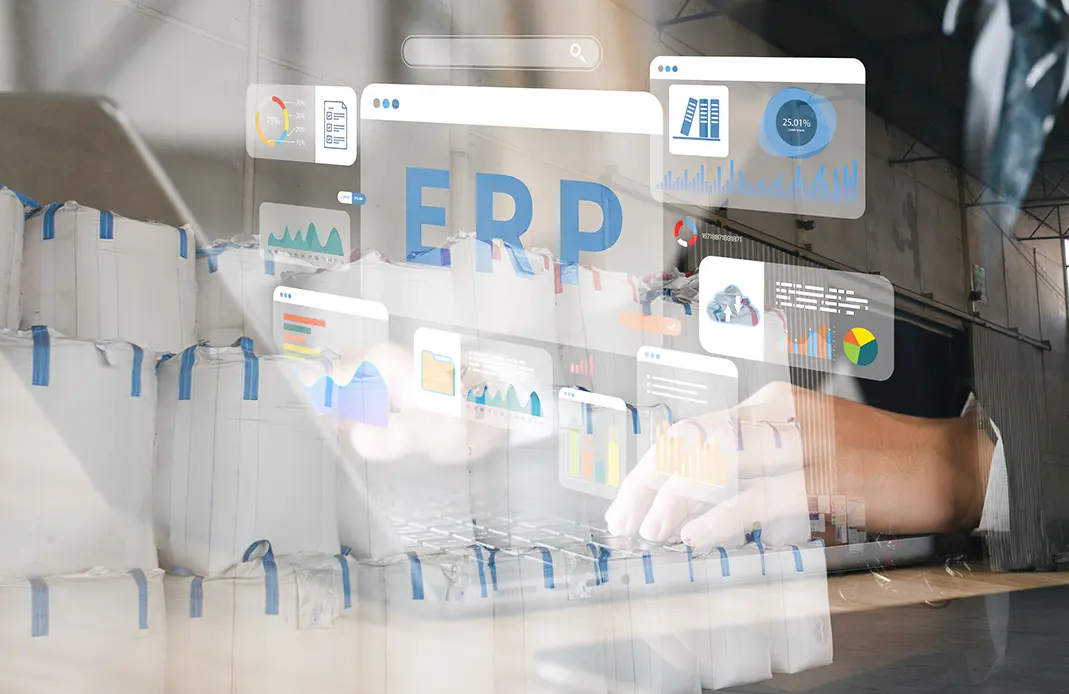In the highly competitive landscape of woven sack and Flexible Intermediate Bulk Container (FIBC) manufacturing, efficiency and adaptability are crucial for success. Implementing an Enterprise Resource Planning (ERP) system can significantly enhance your business operations, helping you streamline processes, reduce costs, and improve overall productivity. However, the implementation process can seem daunting. In this guide, we will walk you through the essential steps for successfully implementing ERP software in your woven sack and FIBC business
Contact us